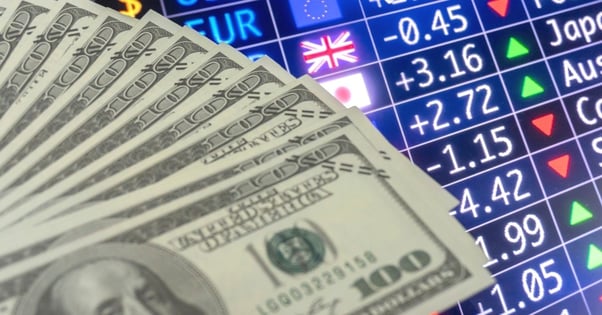Stocks finished mixed recently, the S&P 500 and Dow finished in the red while the Nasdaq Composite closed at a record high, although all three posted a gain for the week. The Dow registered its fifth positive week in six while the S&P posted its third positive week in four. The Nasdaq advanced 4.19% last week for its best week since November and fifth positive week in six as shares of big tech companies pushed the index to a new all-time high.
The move higher came as President Joe Biden tries to push through a USD1.9 trillion stimulus program that many congressional Republicans oppose. The fiscal aid includes direct checks to millions of Americans, aid to state and local governments, funding for Covid vaccines and testing, a boost to the minimum wage and enhanced unemployment benefits, among other things.
Investors should watch for signs of inflation as a temporary or more long-term trend. If it’s just a quick shock, we may see some market weakness without any major Fed action. On the other hand, persistently high inflation may force the Fed to consider raising rates and pulling back their market support. In an inflationary environment, traders should favour the consumer staples, energy and financial sectors. Also, real estate and gold are among the other assets that can help hedge against inflation.
This week, 13 Dow components and 111 S&P 500 companies are set to report earnings. Among the quarterly reports on deck include those from Apple, Microsoft, Netflix, Tesla, McDonald’s, Honeywell, Caterpillar and Boeing.
So far, of the S&P 500 components that have reported earnings, 73% have beaten on both sales and EPS. The firm said this is similar to last quarter, when the number of companies beating hit a record. The number of coronavirus cases continues to tick up in the U.S. and abroad, but many economists are forecasting a return to growth later this year.
“We continue to expect that a reduction in virus spread due to mass vaccination, coupled with fiscal support for consumer spending, will lead to a mid-year consumption boom and very strong growth in 2021,” Jan Hatzius, chief economist at Goldman Sachs, said in a note to clients over the weekend.
However, investors noted that while risks like insufficient fiscal aid look less likely now, other risks remain. Consumers remaining more cautious than expected, as well as the evolution of a vaccine-resistant virus strain, are the potential futures headwinds for the market.











